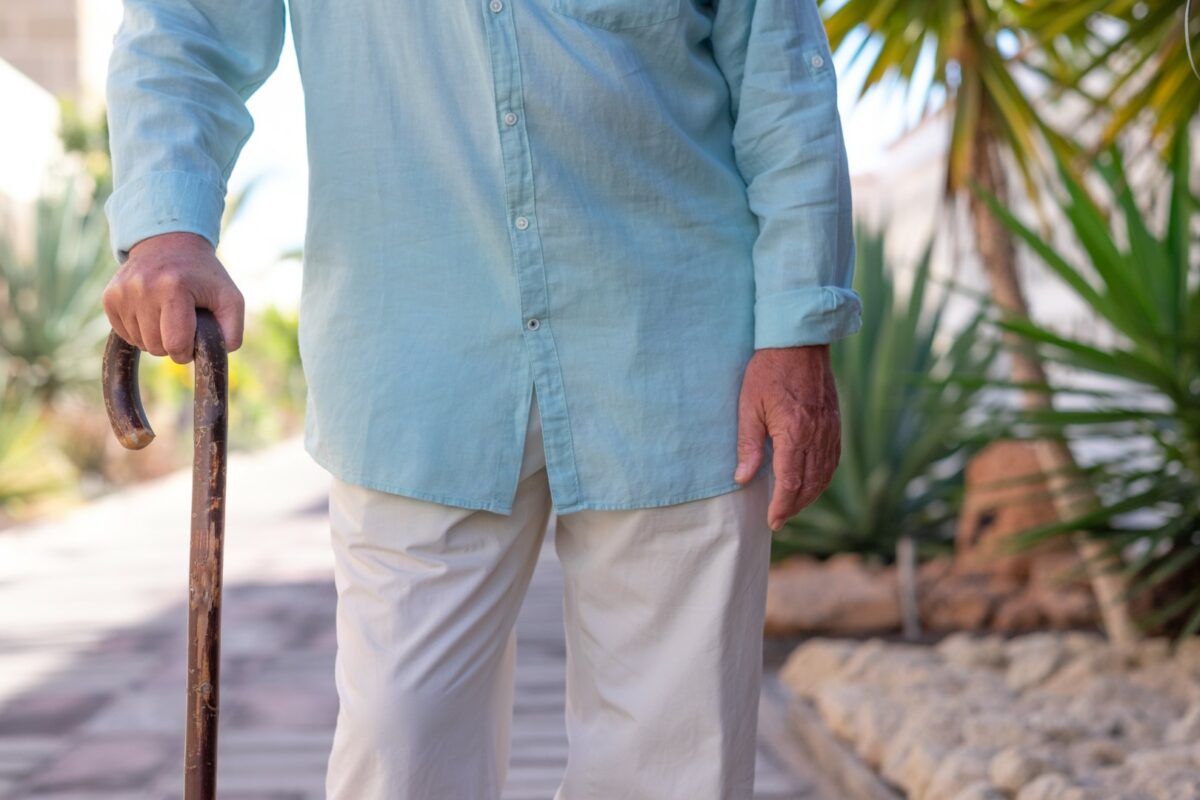
After surgery on a hip, knee, ankle, or foot, most people will need some kind of walking assistance device during the recovery stage. With so many walking aids on the market, it should be fairly easy to find one that is best for you. It is important that you talk to your orthopedic surgeon and physical therapist to determine the best option and how to use it.
What Is a Walking Assistance Device?
Walking assistance devices are orthopedic tools and equipment designed to support you if you are facing mobility challenges. They play a pivotal role post-surgery, ensuring that patients maintain balance, reduce strain on healing areas, and prevent potential injuries. Orthopedic surgeons and physical therapists will advise patients on the best device for their situation.
The Different Types of Ambulatory Assistive Devices
There are various types of walking assistance devices, and the best fit for you largely depends on your surgery type, its extent, and your overall health.
Crutches
Often used after surgeries affecting one leg, crutches help redistribute weight away from the injured leg. They can be tricky to use at first, but with a little practice, they become second nature.
Walkers
The walker assistive device is stable and provides support for those needing extra balance. There are different types, some with wheels and others without. They are ideal for those recovering from significant surgeries like total knee or hip replacements.
Canes
Canes offer a bit less support than crutches but can be beneficial for minor surgeries or longer-term use. They help with balance and ensure you do not put too much weight on your healing extremity.
Orthopedic Boots or Braces
Sometimes, after foot or ankle surgeries, your surgeon might recommend a special boot or brace. These are not exactly ambulatory assistive devices but can be paired with them to ensure maximum support and protection.
How Long Will I Need To Use My Assistance Device?
 The duration and choice of a walking assistance device usually hinge on the nature of your surgery and your recovery rate. Some might only need them for a few weeks, while others could rely on them for several months.
The duration and choice of a walking assistance device usually hinge on the nature of your surgery and your recovery rate. Some might only need them for a few weeks, while others could rely on them for several months.
Generally, crutches are used for 1-6 weeks, especially after minor surgeries or until swelling and pain decrease. Walkers can be used for 2-8 weeks, especially after major surgeries like hip replacements. Canes might be a transition from crutches or walkers, often used as a long-term solution if needed.
These are general guidelines. Everyone’s experience is personal, and it is crucial to consult your orthopedic surgeon and physical therapist for advice tailored to you.
Tips for Choosing the Right Equipment
Selecting the right assistance devices for your recovery is essential. Here are a few pointers:
Fit Matters
Ensure your device is at the right height. A poorly fitted device can cause more harm than good, leading to potential muscle strain or improper weight distribution.
Stability Is Key
If balance is a concern, consider a walker or crutches over a cane.
Do Not Rush
Transitioning between devices should be a slow process. Do not hurry into using a cane if you are not ready to leave your crutches behind.
Seek an Expert Opinion
Consult with a physical therapist or your surgeon. They can provide valuable insights into the best medical assistive devices for your recovery.
Each of our patients experiences recovery in a different way. EmergeOrtho—Blue Ridge Region surgeons and physical therapy teams are known for their patient-centered care. We develop personalized recovery plans for each patient to ensure that you experience the best outcome from your surgery.
We will recommend the correct type of assistance device to fit your needs, your type of surgery, your overall health, and your goals. Your recovery after orthopedic surgery is a step-by-step process, and we are there with you every step of the way.
As you are preparing for surgery on one of your lower extremities—hip, knee, foot, or ankle—it is essential that you have your walking assistance device ready. Our hip, knee, foot, and ankle specialists are available to consult you on what device is best for you. Request an appointment here.







